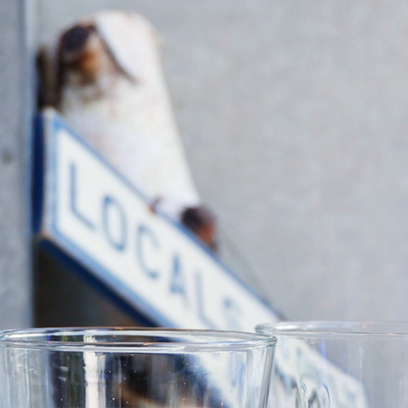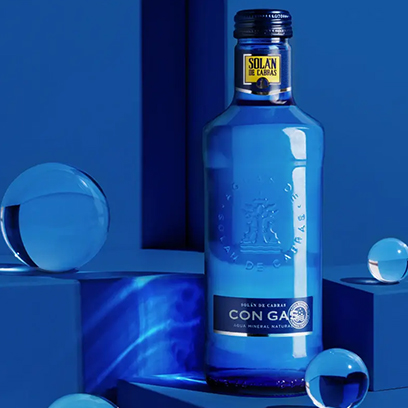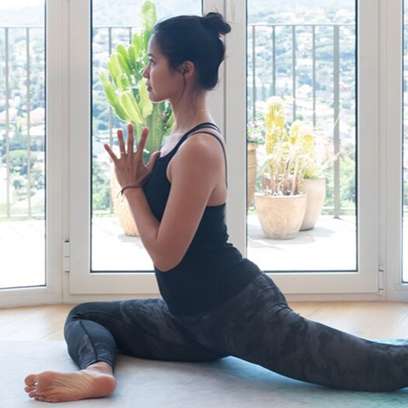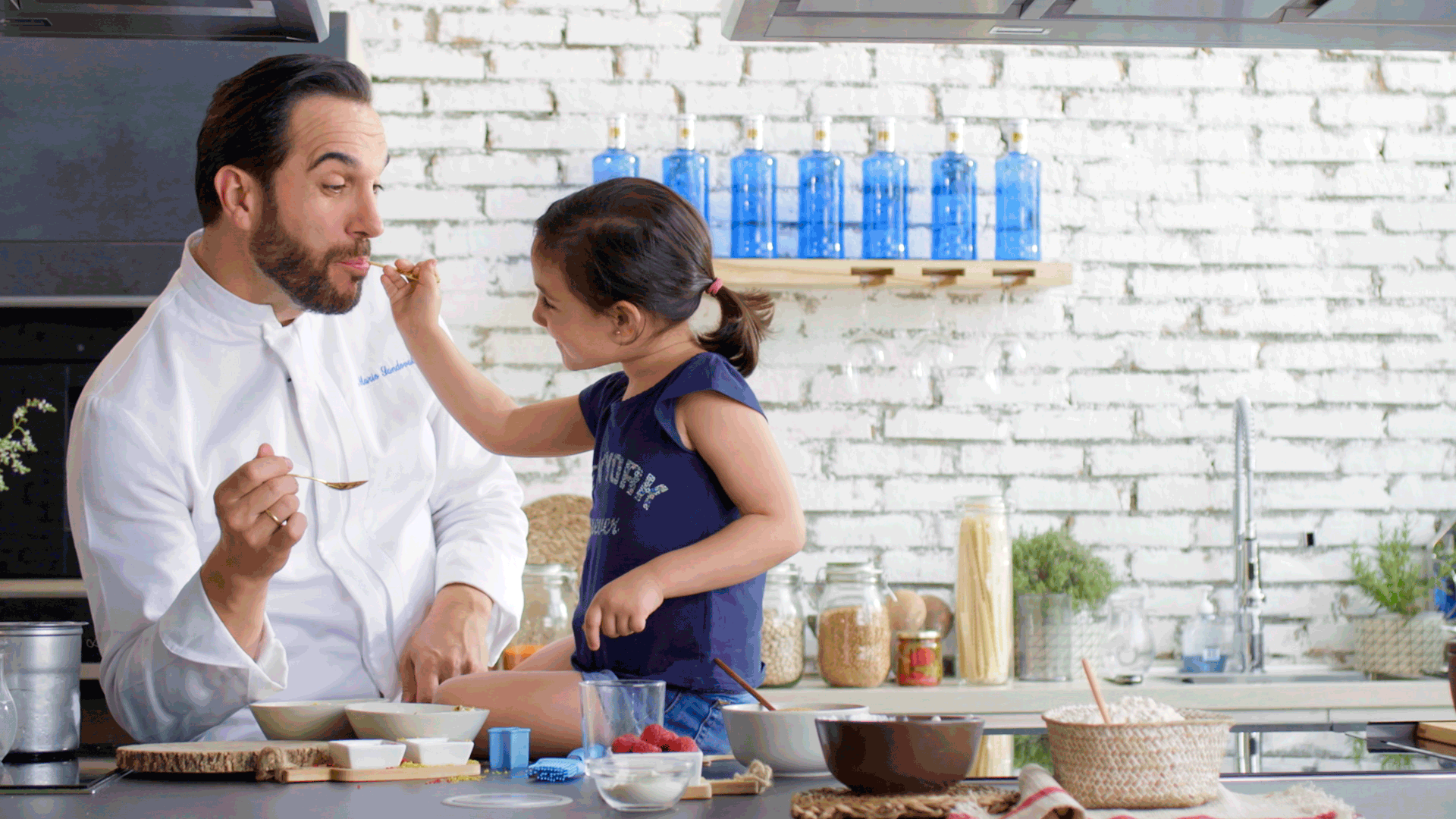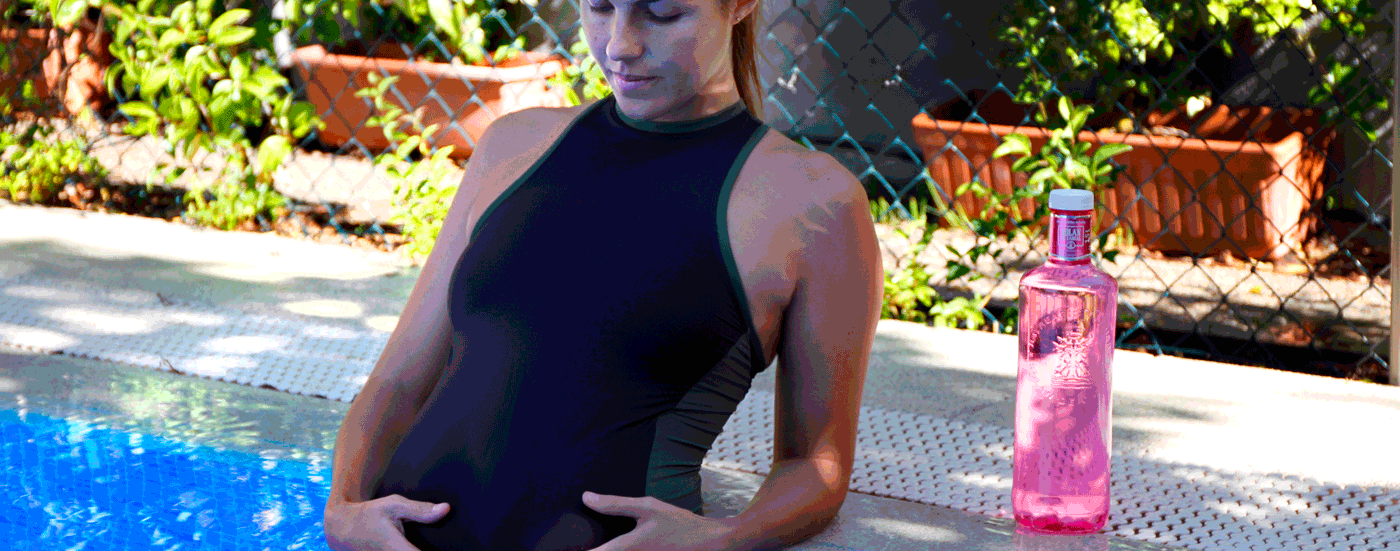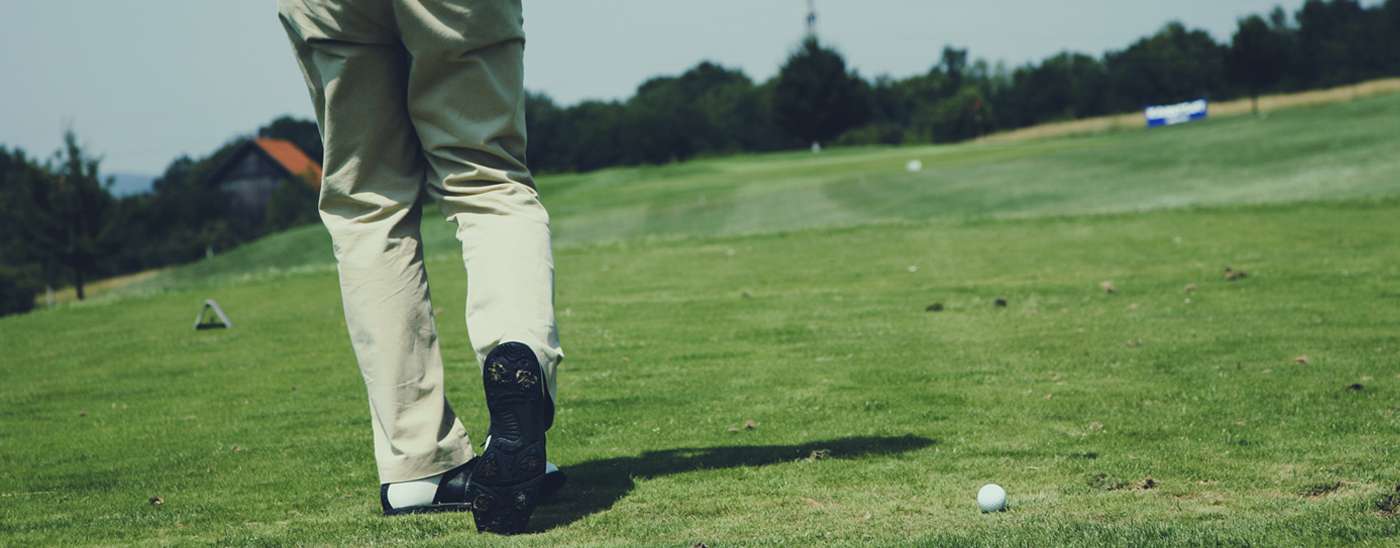
-
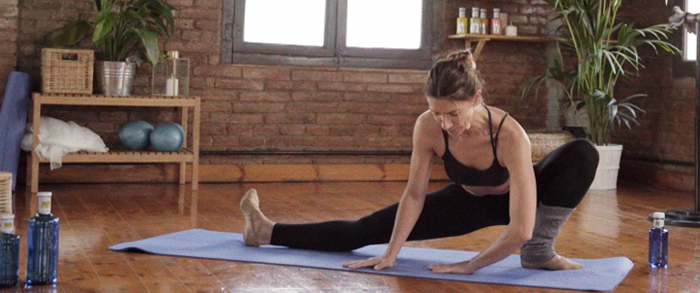
Ejercicios Para Mejorar La Flexibilidad
Combina ejercicios de flexibilidad con tonificación y recupera tu movimiento.
Leer -
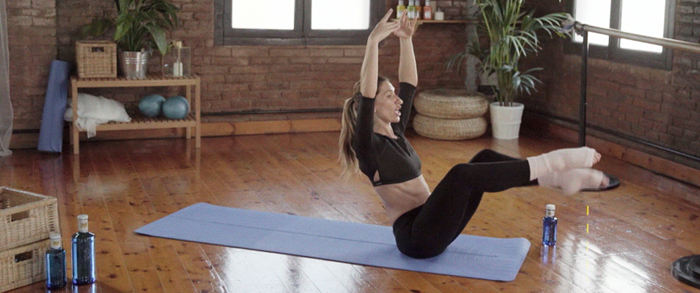
Sesión De Ballet Fit
Tonifica, modela y gana en flexibilidad con estos ejercicios de Ballet Fit que se concentran en tus abdominales.
Leer -
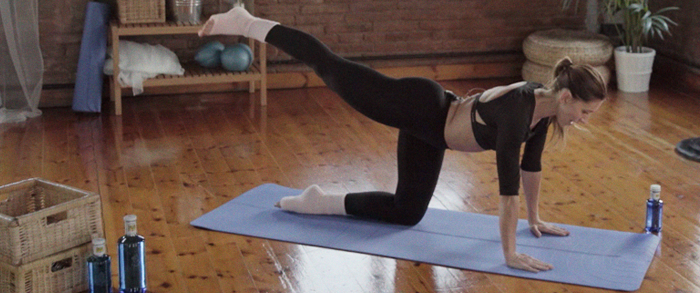
Tonifica Y Ejercita Los Glúteos Con Sencillos Ejercicios
Ejercicios precisos e intensos para tonificar la zona de los glúteos.
Leer -
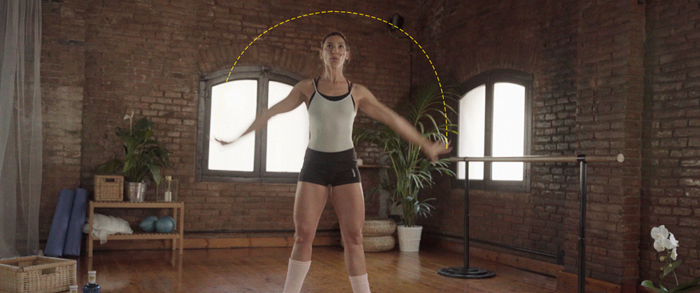
Ejercita Los Brazos De Arriba A Abajo.
Brazos tonificados con ejercicios de Ballet Fit que puedes hacer desde casa.
Leer -
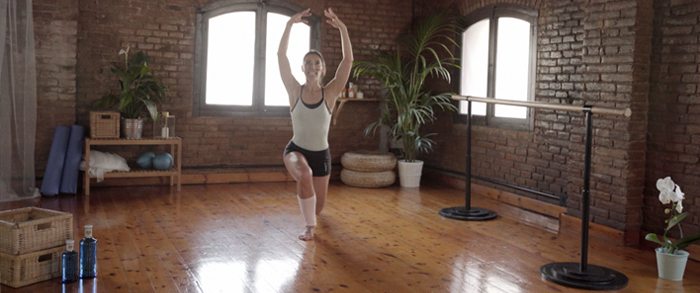
-
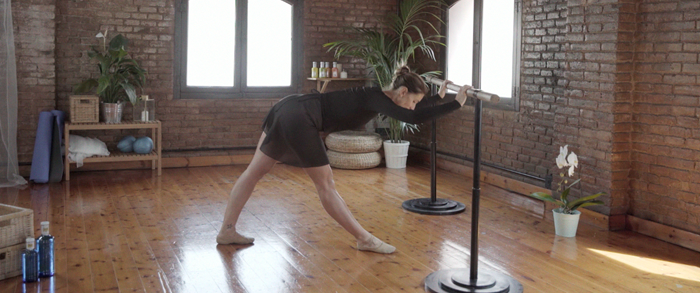
Tonifica Todos Los Músculos De Las Piernas Con Un Simple Y Rápido Ejercicio
Tonifica tus piernas con estos sencillos ejercicos que te proponemos de Ballet Fit.
Leer -
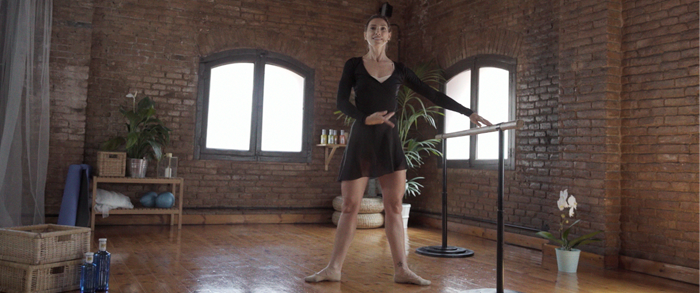
Tonifica Piernas Y Glúteos En 5 Minutos
Ballet Fit una combinación perfecta para mantenerte en forma.
Leer -
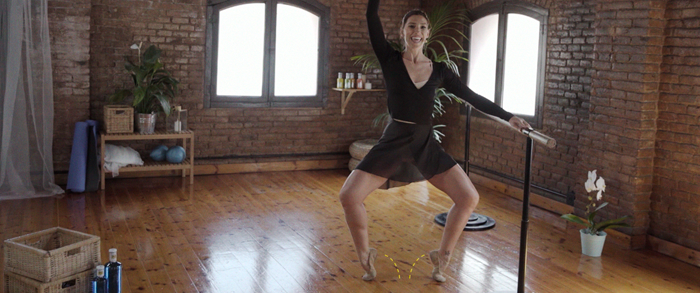
Ejercicios Para Fortalecer El Cuerpo Entero
Ballet Fit, entrenamiento de pies a cabeza, ¡empezamos!
Leer -
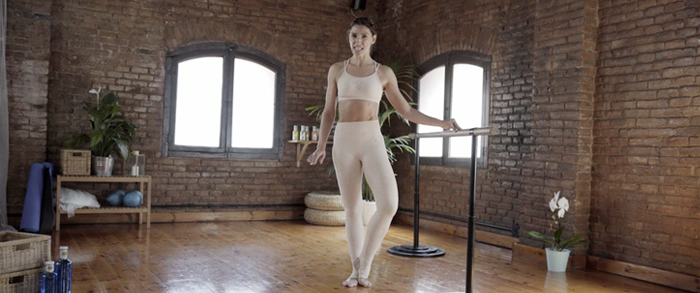
Tonifica Todo Tu Cuerpo Con Ballet Fit
Te presentamos Ballet Fit, "plié et demi-plié" a ritmo de fitness.
Leer -
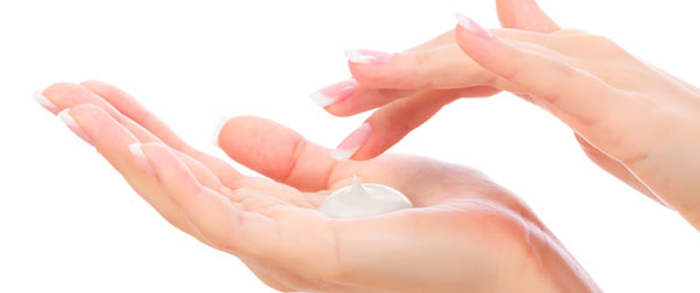
Cuidados De La Piel En Las Estaciones De Frío
Durante los meses de verano hidratamos la piel y la protegemos del sol, la cuidamos más.
Leer -
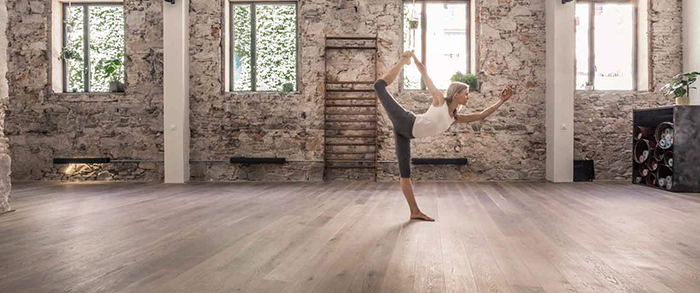
The Garage By Veronica Blume
“The Garage”, un antiguo garaje de los años 40 convertido en un centro multidisciplinar ubicado en pleno corazón de Poble [...]
Leer -
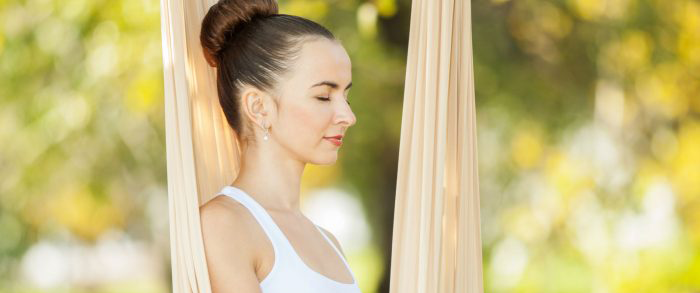
Ejercicios Para (Re) Conectar
Dar largos paseos al aire libre, dejarse llevar por el suave balanceo de un columpio, respirar y sentir cómo se expande [...]
Leer -
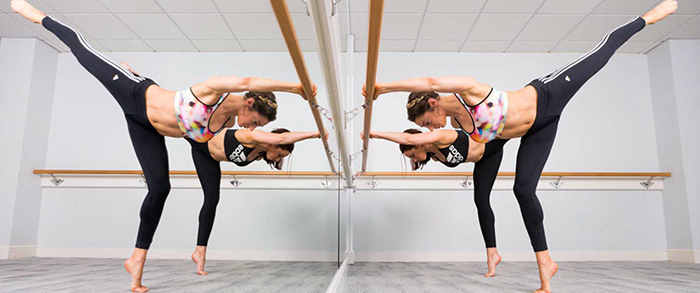
Barrecore – Los Abdominales Sí Son Posibles
La esencia de esta técnica se basa en combinar ejercicios isométricos de alta intensidad muscular.
Leer -
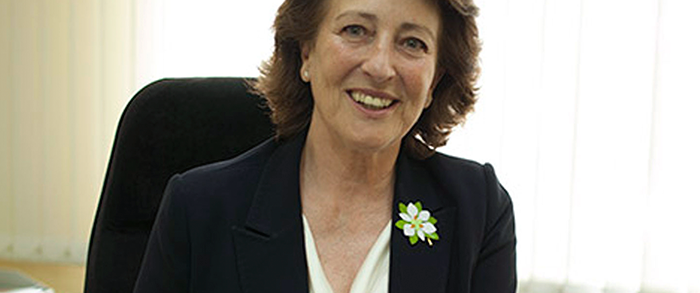
Es Un Hito Próximo Y Alcanzable Controlar El Cáncer
Y lograr que los casos más problemáticos se conviertan en una enfermedad crónica, con la que se puede convivir, como sería la diabetes.
Leer -
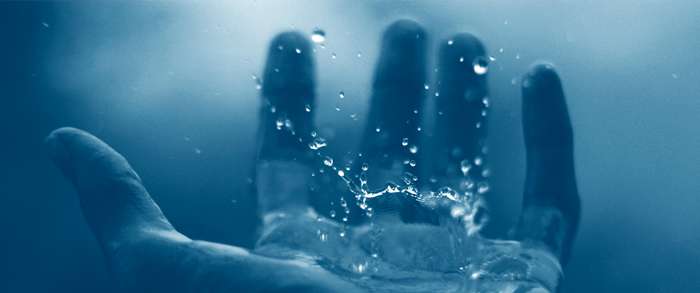
Hidratado Igual A Sano
Todos sabemos que el agua está presente de forma importante en nuestro organismo y que una buena hidratación mejora el funcionamiento de [...]
Leer -
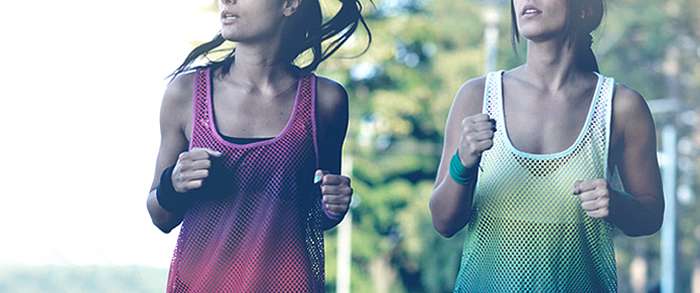
Ellas Se Pasan Al Running
Son varios los factores que han convertido el running en un deporte estrella, un estilo de vida en alza también entre el [...]
Leer -
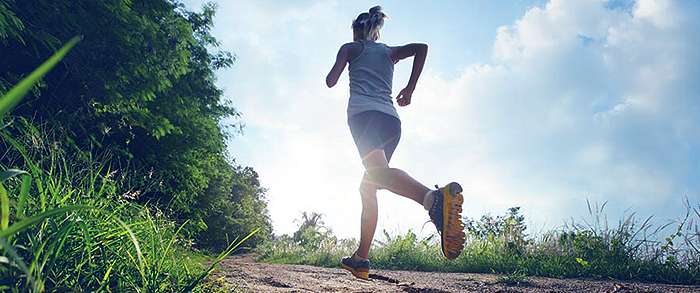
Cuando Echar A Correr Es La Solución
El running, lo que comúnmente conocemos como “correr” en español, es algo más que una moda pasajera asociada al [...]
Leer -

Tu Sesión De Yoga Con Solán De Cabras. Clase Completa
Siente el equilibrio entre cuerpo y mente. Xuan Lan, de la mano de Solán de Cabras te ofrece esta sesión de Yoga. Una manera sencilla de liberar tu estrés. #SoYoga
Leer -
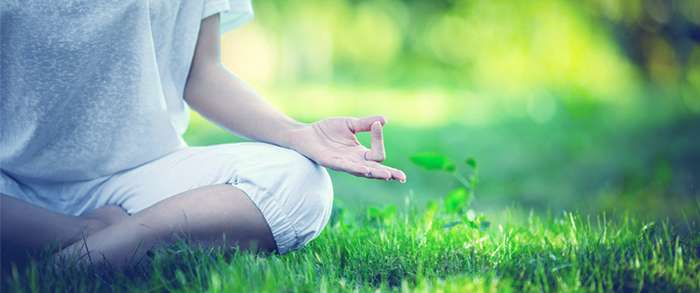
Relájate Y Gana En Salud Con El Yoga
En la actualidad pasamos mucho tiempo fuera de casa, moviéndonos de un lugar a otro con prisa, nos enfrentamos [...]
Leer -
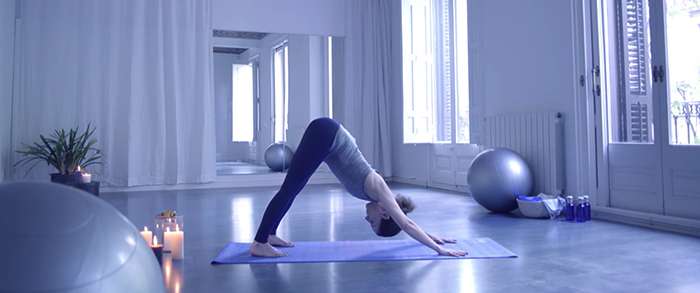
Tu Sesión De Yoga Con Solán De Cabras. Práctica Primera
Equilibrio entre cuerpo y mente gracias a las sesiones de #SoYoga de Solán de Cabras. Aprende hoy en la práctica [...]
Leer -

Tu Sesión De Yoga Con Solán De Cabras. Práctica Segunda
Llena tu vida de paz, equilibrio y felicidad con las sesiones de yoga de Solán de cabras. Práctica 2: la postura del triángulo [...]
Leer -
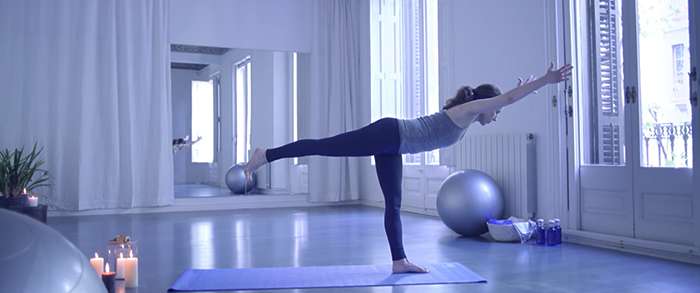
Tu Sesión De Yoga Con Solán De Cabras. Práctica Tercera
Ayuda a tu cuerpo y a tu mente a estar en perfecta armonía con las sesiones de yoga de Solán de Cabras. Para la sesión de [...]
Leer -
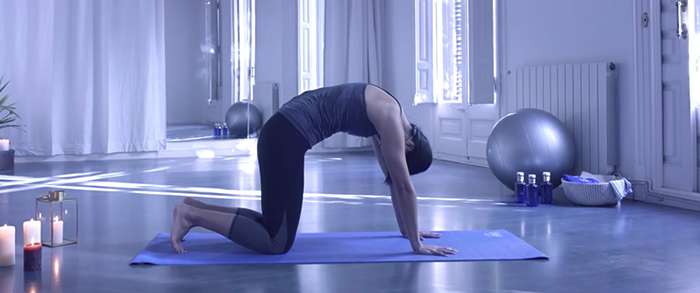
Tu Sesión De Yoga Con Solán De Cabras. Práctica Cuarta
En la sesión de yoga con Solán de Cabras de hoy vamos a aprender la postura gato vaca + nariz a la rodilla. Es muy [...]
Leer -
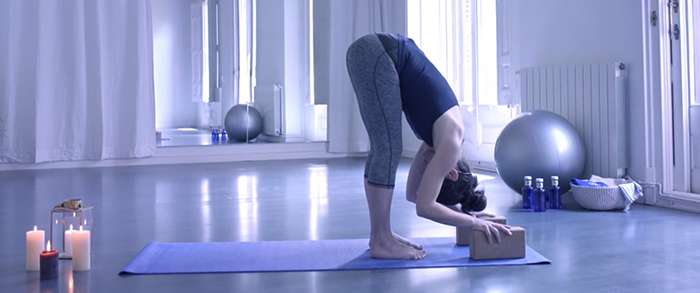
Tu Sesión De Yoga Con Solán De Cabras. Práctica Quinta
Mejora tu forma física y consigue paz interior con las sesiones de yoga de Solán de Cabras. En esta sesión veremos cómo se [...]
Leer -
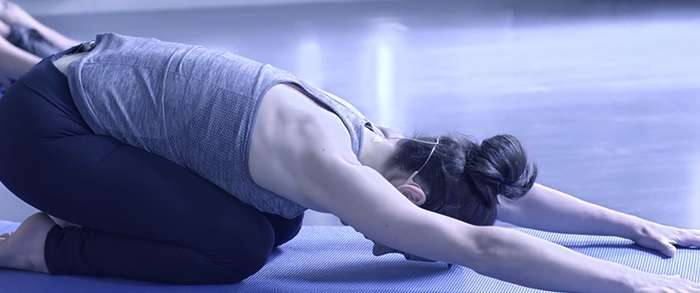
Tu Sesión De Yoga Con Solán De Cabras. Práctica Sexta
Cuida de tu cuerpo por fuera tanto como lo cuidas por dentro, también con Solán de Cabras y sus clases de yoga. Hoy [...]
Leer -
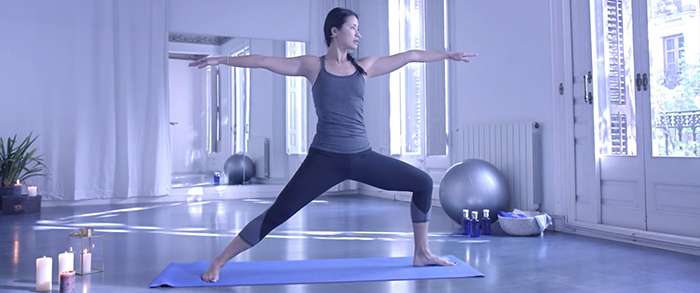
Tu Sesión De Yoga Con Solán De Cabras. Práctica Séptima
Aprende con la sesión de yoga de hoy de Solán de Cabras la postura del guerrero 1 y 2 y siente la sensación de bienestar [...]
Leer -
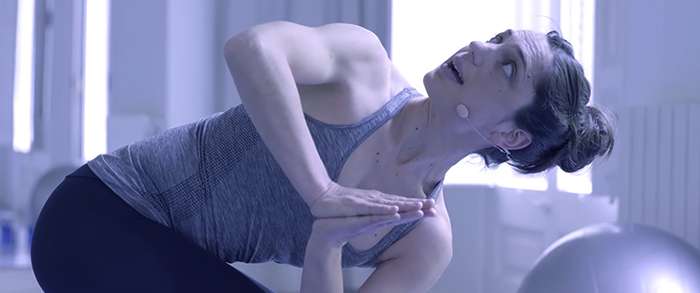
Tu Sesión De Yoga Con Solán De Cabras. Práctica Octava
Haz que tu cuerpo y tu mente vivan en armonía con las sesiones de yoga de Solán de Cabras. En esta sesión aprenderemos la [...]
Leer -
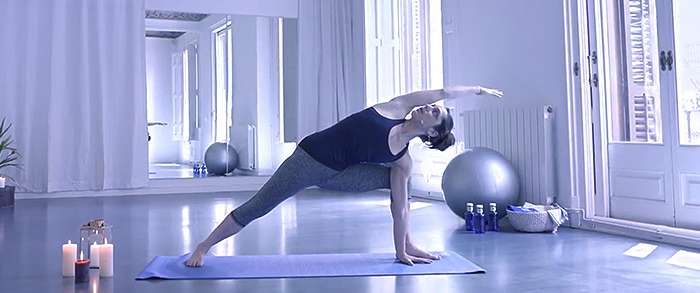
Tu Sesión De Yoga Con Solán De Cabras. Práctica Novena
Relajar y estirar, repetir. Con las sesiones de yoga de Solán de Cabras es muy fácil aprender a relajar tu cuerpo y tu mente [...]
Leer -
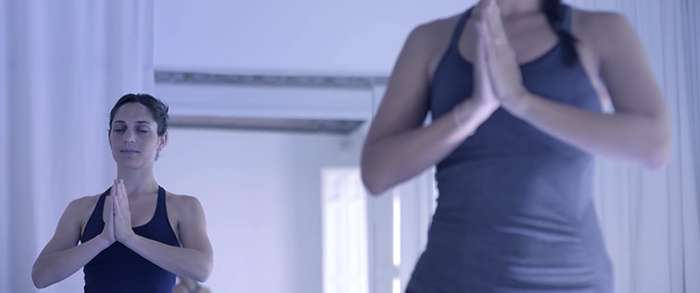
Tu Sesión De Yoga Con Solán De Cabras. Práctica Décima
Consigue relajar todo tu cuerpo y encontrar la paz y tranquilidad para relajarte con otra clase de Yoga con Solán [...]
Leer -
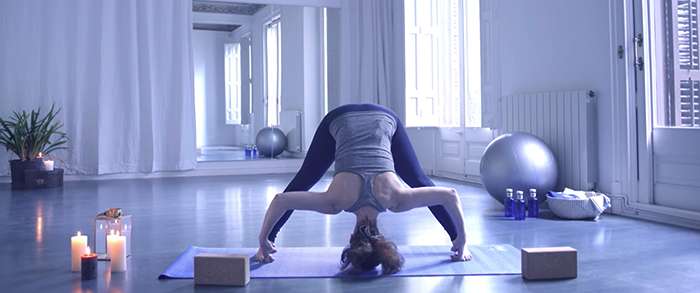
Tu Sesión De Yoga Con Solán De Cabras. Práctica Undécima
Encuentra el equilibrio entre cuerpo y mente gracias a esta sesión de #SoYoga de Solán de Cabras. Hoy en la práctica [...]
Leer -
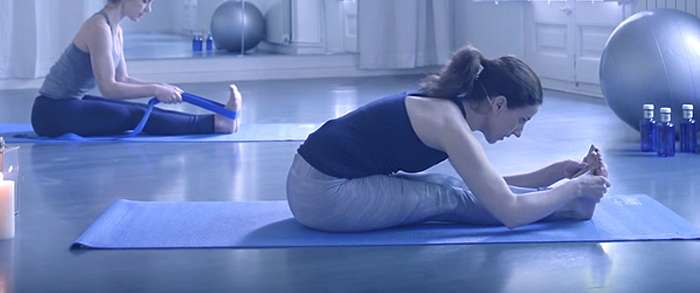
Tu Sesión De Yoga Con Solán De Cabras. Práctica Duodécima
Estar en armonía con uno mismo es esencial para una buena salud. Te enseñamos cómo en las sesiones de yoga de Solán [...]
Leer -
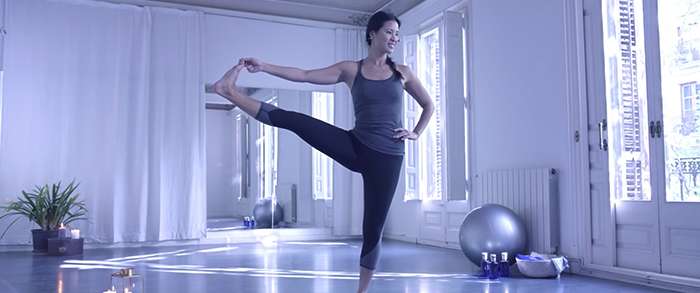
Tu Sesión De Yoga Con Solán De Cabras. Práctica Decimotercera
Equilibra tu cuerpo y tu mente gracias a las sesiones de yoga de Solán de Cabras. Aprende hoy el Equilibrio de pie con pierna [...]
Leer -
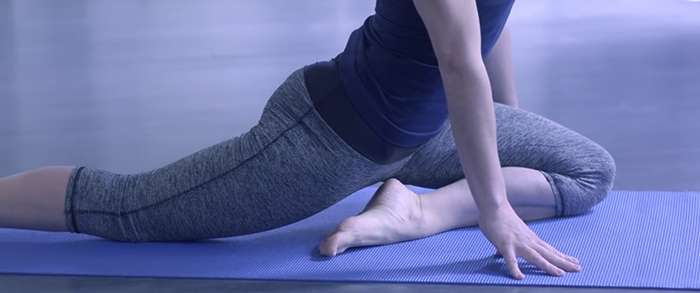
Tu Sesión De Yoga Con Solán De Cabras. Práctica Decimocuarta
Hoy, en la sesión de yoga, aprenderemos la postura de la Media Paloma. Es muy fácil de hacer y te sentará genial. #SoYoga
Leer -
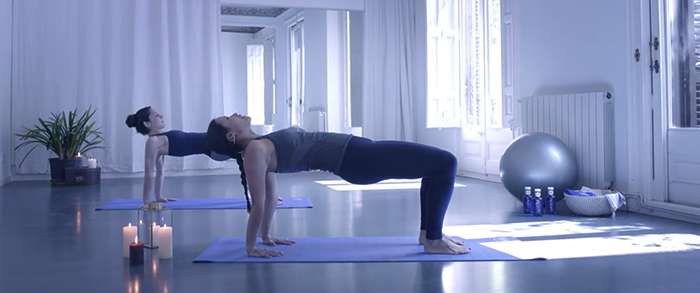
Tu Sesión De Yoga Con Solán De Cabras. Práctica Decimoquinta
Obtén una buena forma física con las sesiones de yoga de Solán de Cabras. Hoy te enseñaremos la postura de la Barca Mesa [...]
Leer -
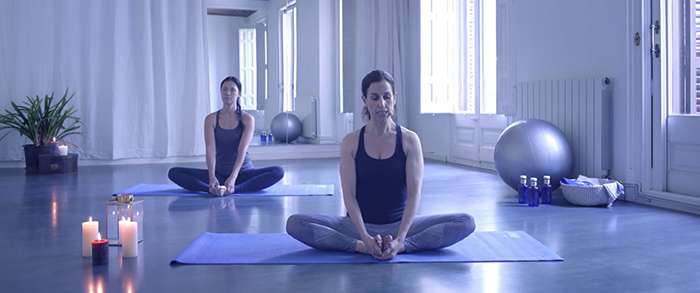
Tu Sesión De Yoga Con Solán De Cabras. Práctica Decimosexta
Cuídate por fuera y por dentro con Solán de Cabras y sus clases de yoga. Hoy aprenderemos la postura de la Mariposa. #SoYoga
Leer -
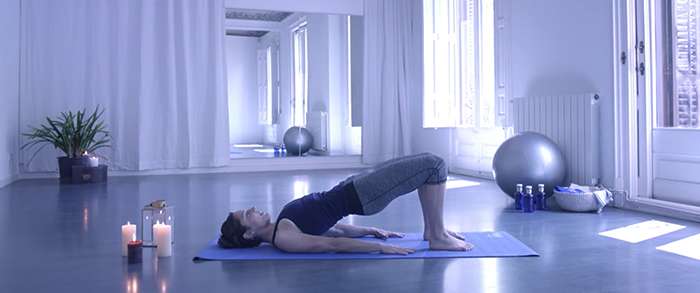
Tu Sesión De Yoga Con Solán De Cabras. Práctica Decimoséptima
Consigue una sensación plena de bienestar siguiendo al día las clases de yoga con Solán de Cabras. Para hoy tenemos la [...]
Leer -
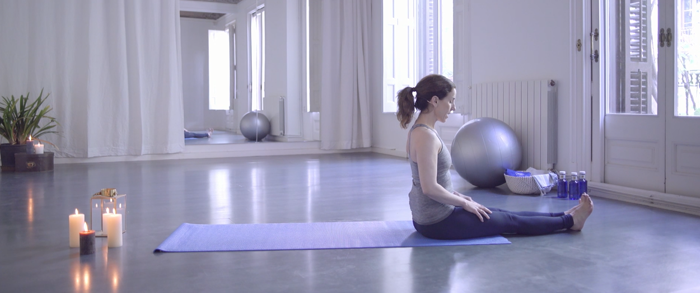
Tu Sesión De Yoga Con Solán De Cabras. Práctica Decimoctava
En esta sesión aprenderemos la postura de la Vela y el Arado para reducir el estrés y la fatiga.
Leer -
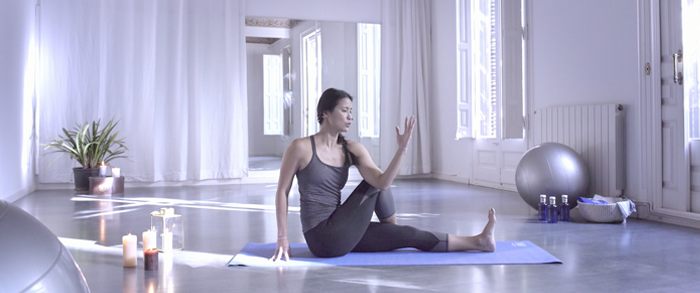
Tu Sesión De Yoga Con Solán De Cabras. Práctica Decimonovena
Con esta postura dotaremos de gran flexibilidad a la espina dorsal hacia los dos lados, revitalizaremos todos los [...]
Leer -
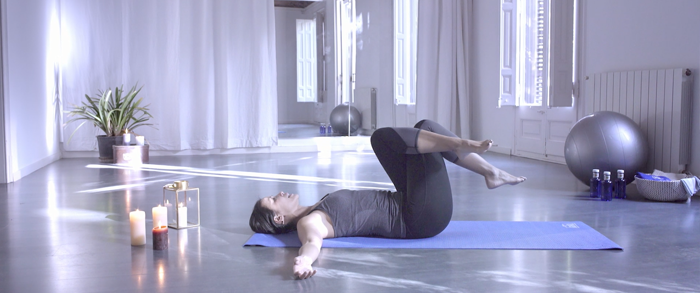
Tu Sesión De Yoga Con Solán De Cabras. Práctica Vigésima.
Proporcionará masaje a los órganos abdominales, aliviará los dolores de la zona lumbar, del cuello y del nervio ciático.
Leer -
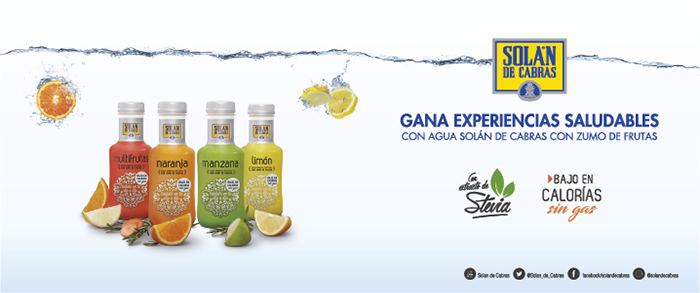
-
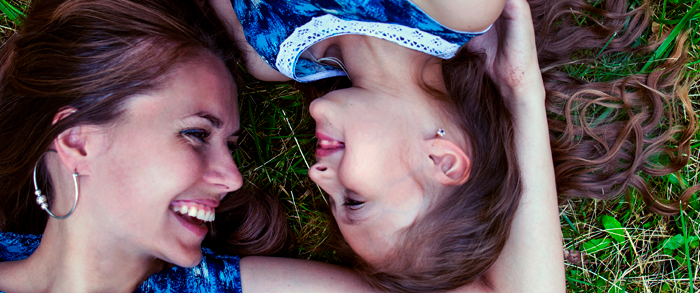
-
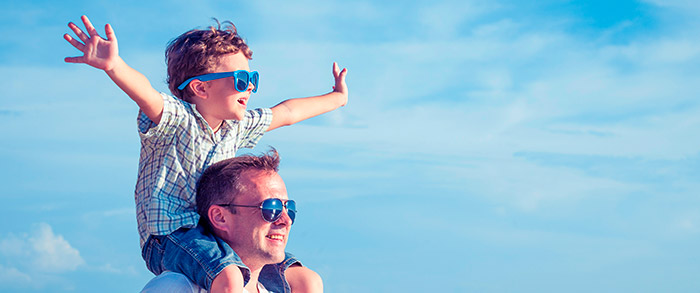
Día Del Padre
Disfruta del Día del Padre con el pack de experiencias para toda la familia [...]
Leer -
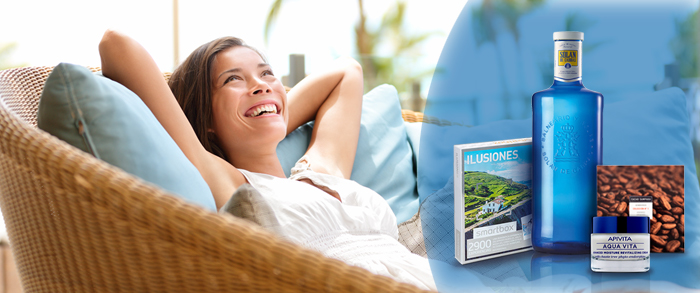
-
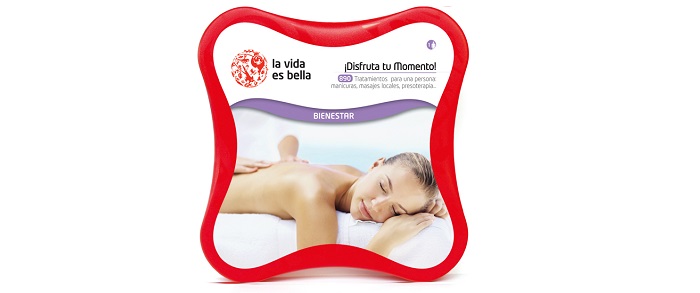
Cuídate Por Dentro Y Por Fuera
Cuidándote con Solán de Cabras también podrás conseguir un pack [...]
Leer -
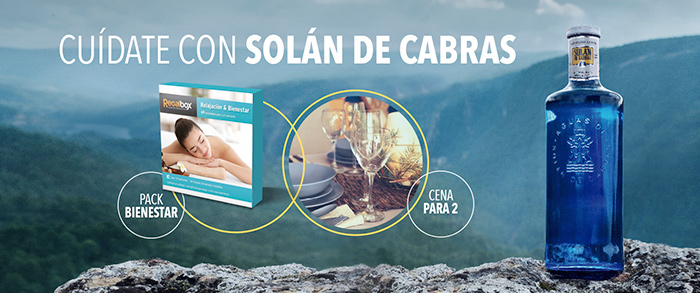
Cuídate Con Solán De Cabras*
Disfruta de un fin de semana en un spa o de una cena exclusiva para dos
Leer -
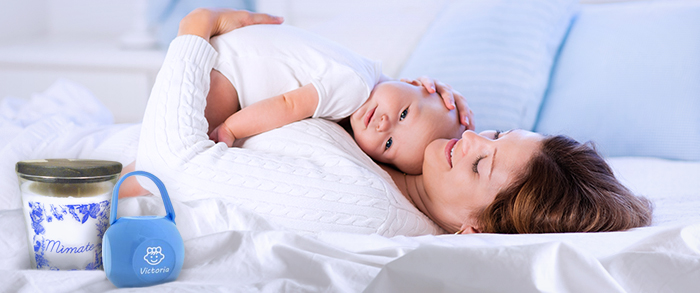
Cuidamos De Ti… Y De Los Tuyos
Te regalamos una vela aromática relajante y un portachupetes [...]
Leer -
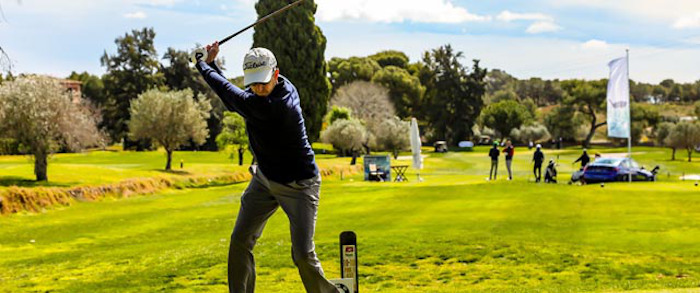
-
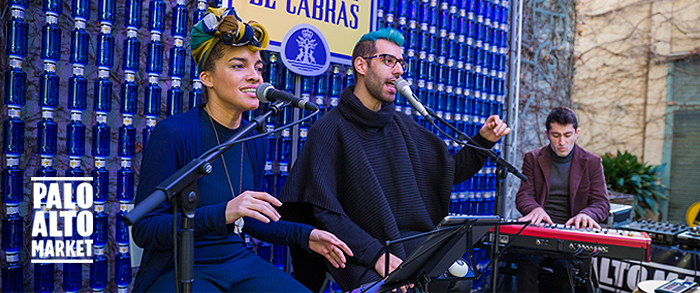
-
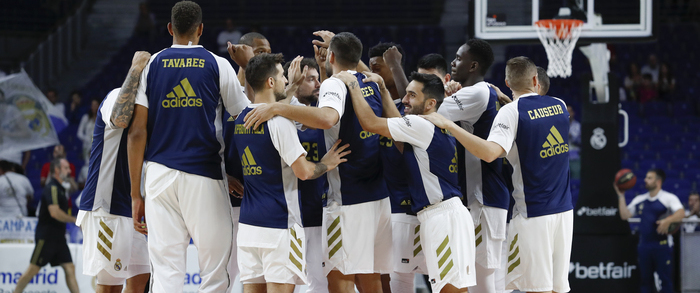
Real Madrid Baloncesto
Tradición de salud y tradición deportiva se unen convirtiéndose en un [...]
Leer -
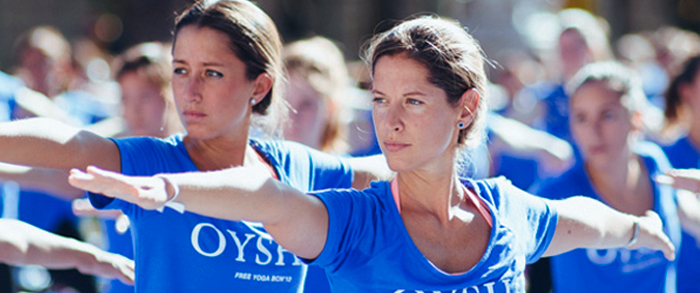
-
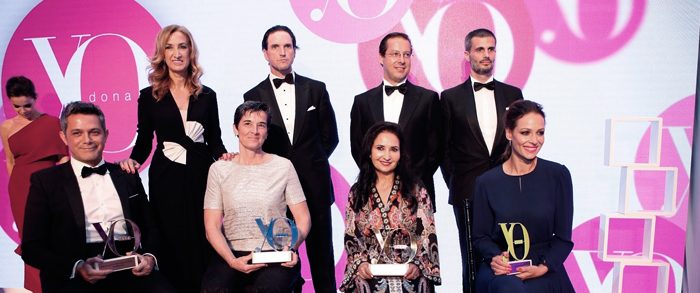
Premios Yo Dona Internacionales
Con la colaboración de Solán de Cabras, los premios Yo Dona [...]
Leer -
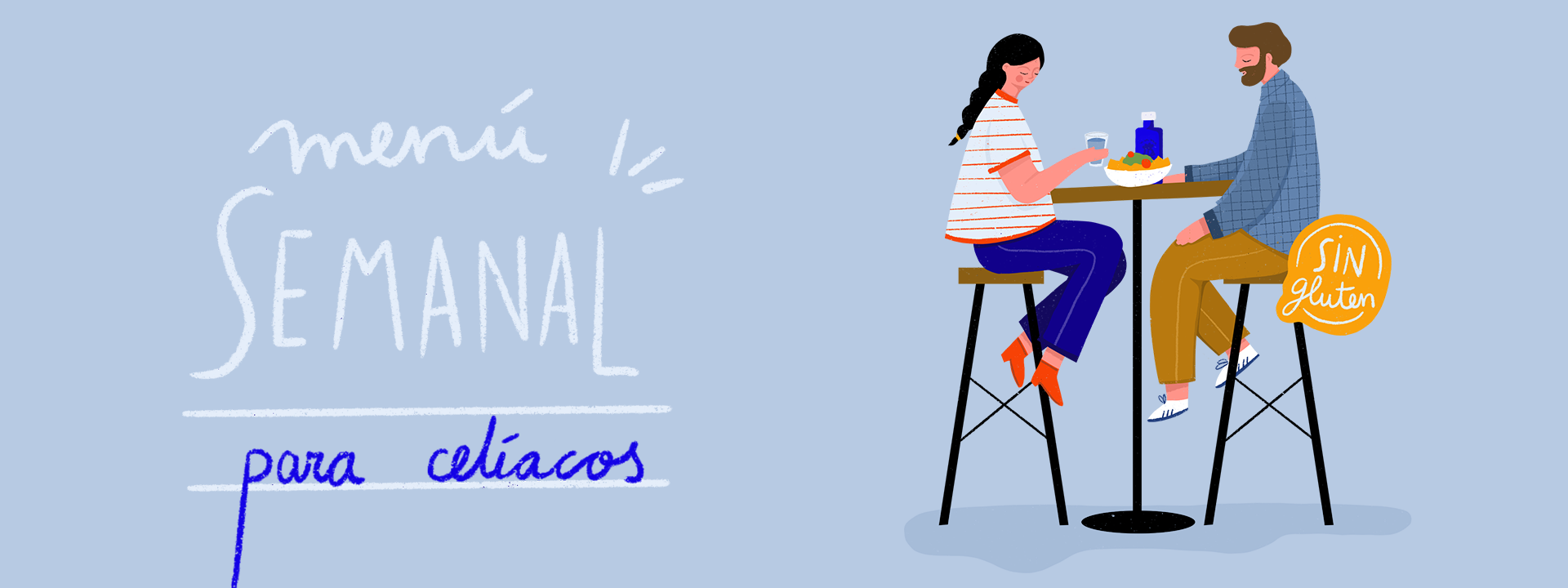
Menú Saludable Para Celíacos
Hacer la compra y cocinar para uno solo a veces es todo un reto. Por suerte, estas recetas fáciles, saludables y deliciosas para una sola persona nos pueden ayudar a comer mejor y, sobre todo, a disfrutar del proceso.
Descargar -
Así es como se hace el agua con gas
El agua con gas tiene algo diferente que nos apasiona: burbujea, pica un poco y [...]
Leer -
Cuántas calorías tiene el agua mineral: lo que debes saber
¿El agua mineral tiene calorías? ¿Todas las bebidas sin calorías son iguales? Si tú [...]
Leer -
¿Qué tipos de agua embotellada existen?
Pero claro, cuando hablamos de “agua embotellada” no todo es lo mismo. Hay aguas que [...]
Leer -
¿Cuántas calorías tiene el agua con gas?
A veces, cuando tienes delante una botella de agua con gas, es normal que surjan dudas. ¿Llevará algo más aparte de agua? […]
Leer -
¿Qué tipos de agua con gas existen?
Seguro que alguna vez te has preguntado si toda el agua con gas es igual. ¿Viene siempre del mismo sitio? ¿Se le pone el gas […]
Leer -
Qué botellas de agua se pueden reutilizar
¿puedo volver a rellenar esta botella de agua? ¿Es seguro hacerlo? […]
Leer -
Cómo conservar (bien) el agua embotellada
¿Hay que meter el agua en la nevera? ¿Qué pasa si dejo una botella al sol? […]
Leer -
Esta es la composición del agua mineral
simple vista, el agua mineral parece solo eso: agua. Pero si te fijas […]
Leer
